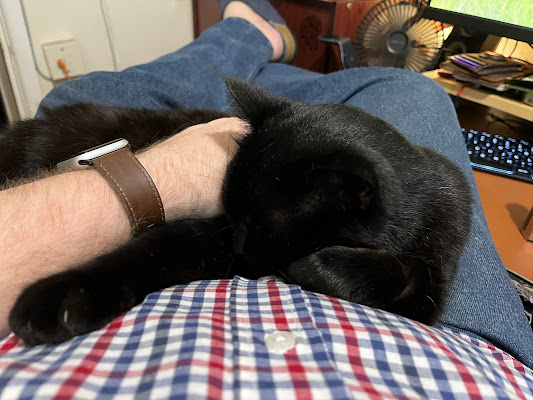European IT Chief Slams Proprietary Software
Neelie Kroes is no lightweight when it comes to open v. closed software. She spent six years as Europe's head trust-buster, and in that time, collected billions from proprietary software makers who sought to corner the market with their closed-source wares. When she spoke, big software — and everybody else — listened.
In February, Ms. Kroes moved on from chasing down monopolists, becoming the European Commissioner for Digital Agenda — the EU's lead regulator of all things information technology. If her recent comments are any indication, she intends to continue her staunch opposition to proprietary software in her new position.
Kroes has never been one to mince words, and she certainly didn't last week while speaking to an Open Forum Europe-sponsored conference. She blasted proprietary software, saying that choosing it over Open Source alternatives can leave nations "unintentionally locked into proprietary technology for decades", and went on to note that even if Open Source options are later implemented, they "risk being systematically ignored."
She told attendees that she intends to promulgate guidelines intended to promote options including Open Source, saying that any government that chooses closed over open should have "clear justification" for doing so. She described the choice between Open Source and proprietary software as being between:
"[T]he one that you can download from the Website and that you can implement without restrictions or the other one which you have to buy which is restricted to certain fields and which requires royalty payments for embedded intellectual property rights -- and the answer is obvious."She didn't stop there, however. The vendor lock-in that proprietary software causes, she said, is "a waste of public money that most public bodies can no longer afford." By all indications, her time at the Directorate-General for Information Society and Media will be a wild ride, not least for the proprietary manufacturers who have no clue what they're in for.
Image © European Union, 2010
Source
